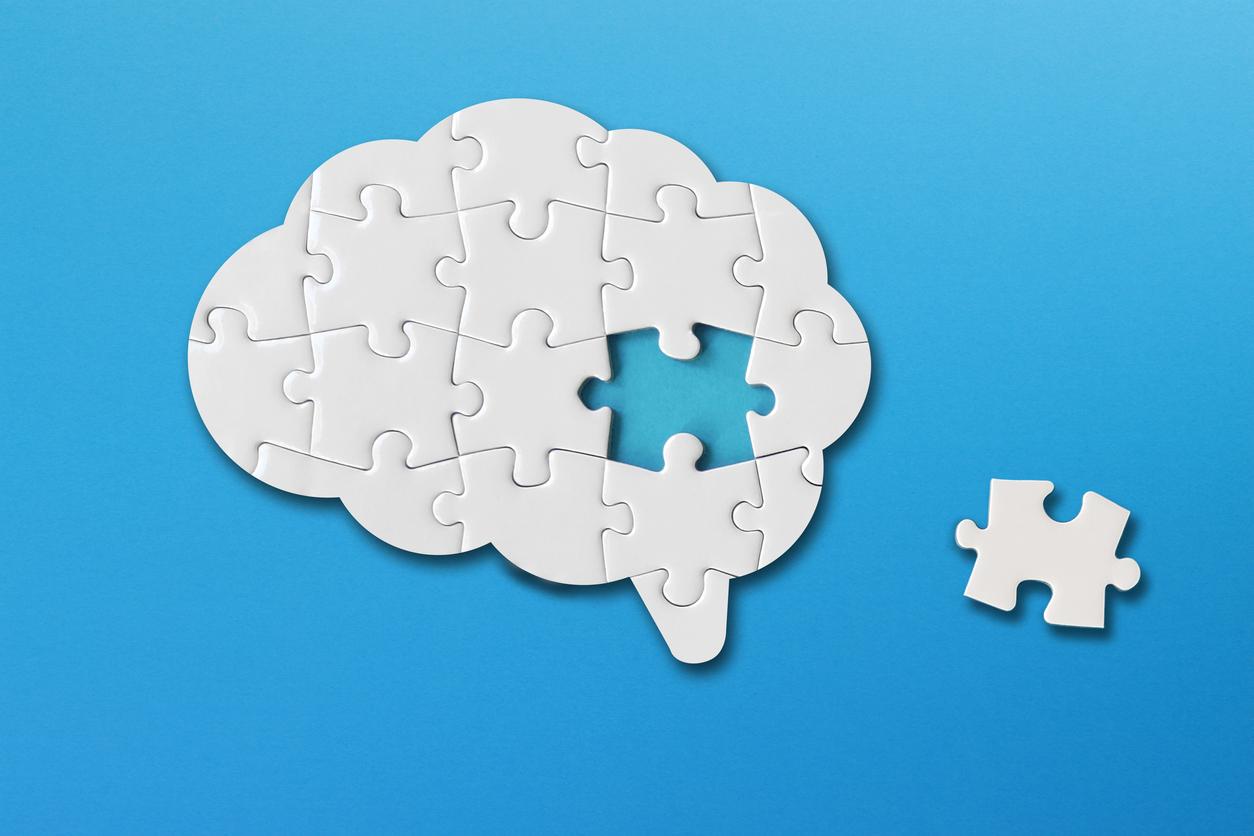Misdiagnosis is not uncommon. One third of patients experience it with Alzheimer’s disease. This diagnostic error can be a brake on the administration of good treatment and / or good management of the patient. Until now, it was necessary to wait for the death of a patient to be able to establish with certainty the diagnosis of Alzheimer’s disease, after examining the lesions in his brain. And during his lifetime, we could only evoke a probability of pathology and only at a late stage, from a certain threshold of severity of dementia, explains Inserm.
But since 2007 things have changed. An international group of neurologists, led by Bruno Dubois to Inserm, reshuffled the cards of disease diagnosis by introducing new criteria such as biomarkers. They are real signatures of the pathology, present from the first symptoms, explains Inserm in a press release.
With these new criteria, “36% of their patients included in a therapeutic trial on the basis of old clinical criteria did not have Alzheimer’s disease”. The diagnosis of Alzheimer’s disease is now based on “a single pair of clinico-biological criteria for all stages of the pathology”.
To put it simply, the diagnosis is based on a suggestive clinical profile, which is invalidated or confirmed by a biomarker (abnormal content of brain proteins or high retention of the amyloid trace).
This algorithm should benefit research. But it is still too expensive or invasive to be developed for all patients.
In France, between 750,000 people and one million suffer from Alzheimer’s disease. They are expected to be 1.29 to 1.40 million patients in 2030.
















